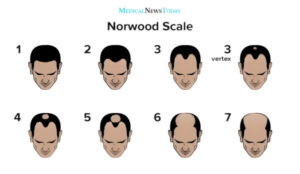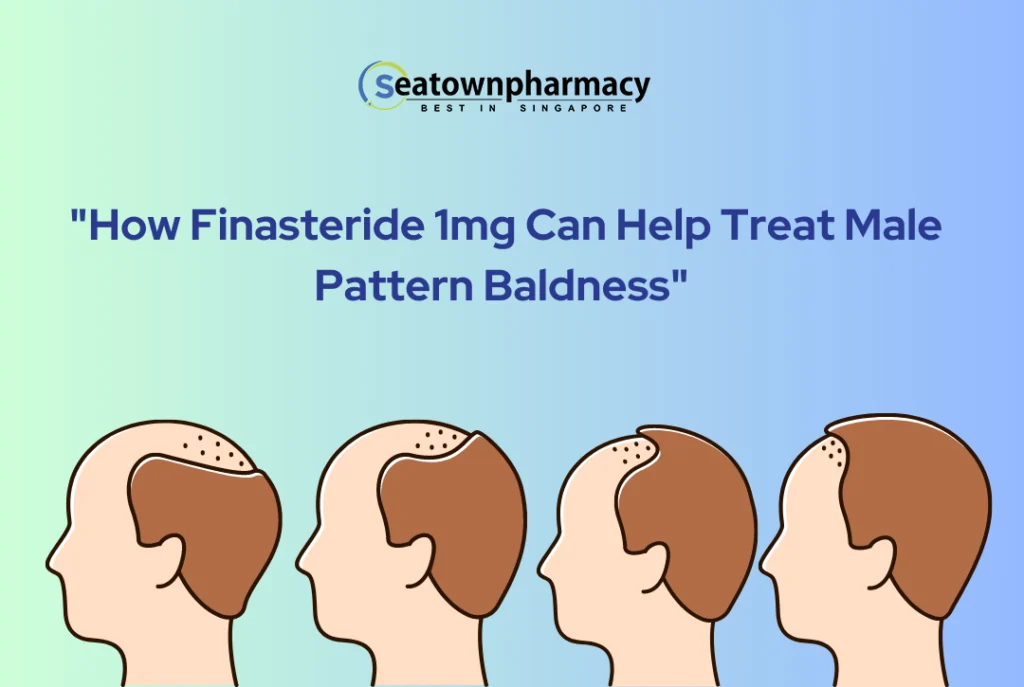Male pattern baldness, also known as androgenetic alopecia, is a common condition that affects men of all ages. It is characterized by hair loss in a specific pattern, typically starting at the hairline and temples and progressing to the crown of the head. While many treatments are available for hair loss, one medication that has been proven highly effective is finasteride 1mg.
In this blog, we will explore the effectiveness of finasteride in treating male pattern baldness and how it works.
Understanding Male Pattern Baldness
Male pattern baldness is caused by a combination of genetic and hormonal factors. It is believed that a hormone called dihydrotestosterone (DHT) plays a key role in hair loss. DHT is a derivative of testosterone, and it is produced when testosterone is converted by the enzyme 5-alpha-reductase. DHT can cause hair follicles to shrink and eventually stop producing hair, leading to baldness.
How Finasteride Works
This is a medication that inhibits the production of 5-alpha-reductase, the enzyme responsible for converting testosterone to DHT. By reducing the levels of DHT in the body, finasteride can help to slow down or even reverse hair loss.
Studies have shown that this medication is highly effective in treating male pattern baldness. In a study, men with mild to moderate hair loss were treated with finasteride for two years. At the end of the study, they had an average increase in hair count of 38% in the scalp area. Another study found that finasteride prevented hair loss in 83% of men who used it for two years.
Dosage and Administration
This medication is typically taken in tablet form once a day. The recommended dosage for male pattern baldness is 1mg per day. It can be taken with or without food.
It is important to note that finasteride is not a cure for male pattern baldness. It can slow down or stop hair loss, but it may not be able to restore hair that has already been lost. Additionally, the effects of finasteride may not be seen for several months, and it is important to continue taking the medication for as long as your healthcare provider recommends.
Side Effects
Like all medications, finasteride can cause side effects. The most common side effects include sexual dysfunction, such as decreased libido, erectile dysfunction, and ejaculation disorders. However, these side effects are usually mild and go away after discontinuing the medication. In rare cases, finasteride may also cause allergic reactions, breast tenderness or enlargement, and depression. Talking to your healthcare provider about potential side effects before starting finasteride is important. They can help you determine if the benefits of the medication outweigh the risks.
Side Effects:https://en.wikipedia.org/wiki/Finasteride#Side_effects
Conclusion

Image Credits: https://www.medicalnewstoday.com/articles/327001#stages
Male pattern baldness can be frustrating and embarrassing, but treatments are available. Finasteride is a medication that has been proven to be highly effective in treating hair loss in men. It works by inhibiting the production of DHT, a hormone responsible for hair loss. While it may not be able to restore hair that has already been lost, it can slow down or even stop further hair loss. If you are experiencing hair loss and are considering using finasteride, it is important to talk to your healthcare provider about your options and determine if it is right for you.
It is also important to note that finasteride is only approved for use in men and should not be used by women. In fact, women who are pregnant or planning to become pregnant should not even handle crushed or broken finasteride tablets, as the medication can be absorbed through the skin and potentially cause harm to a developing fetus.

